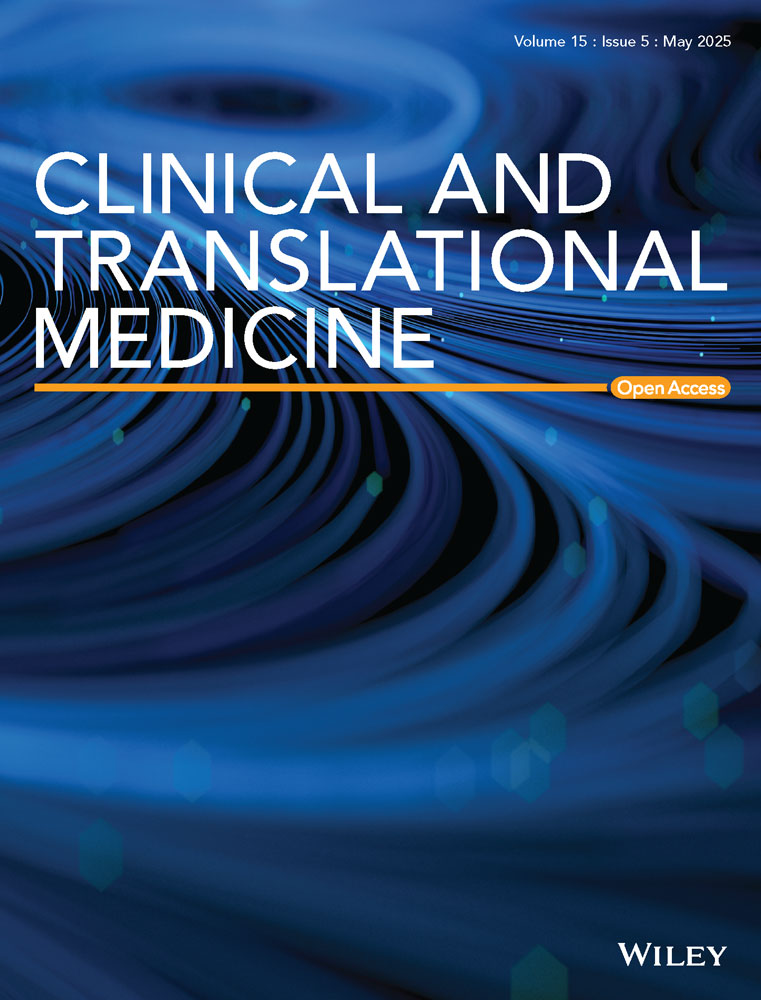Screening of candidate analgesics using a patient-derived human iPSC model of nociception identifies putative compounds for therapeutic treatment
Abstract
Background and purpose
In this study, we applied an induced pluripotent stem cell (iPSC)-based model of inherited erythromelalgia (IEM) to screen a library of 281 small molecules, aiming to identify candidate pain-modulating compounds.
Experimental approach
Human iPSC-derived sensory neuron-like cells, which exhibit action potentials in response to noxious stimulation, were evaluated using whole-cell patch-clamp and microelectrode array (MEA) techniques.
Key results
Sensory neuron-like cells derived from individuals with IEM showed spontaneous electrical activity characteristic of genetic pain disorders. The drug screen identified four compounds (AZ106, AZ129, AZ037 and AZ237) that significantly decreased spontaneous firing with minimal toxicity. The calculated IC50 values indicate the potential efficacy of these compounds. Electrophysiological analysis confirmed the compounds’ ability to reduce action potential generation in IEM patient-specific iPSC-derived sensory neuron-like cells.
Conclusions and implications
Our screening approach demonstrates the reproducibility and effectiveness of human neuronal disease modelling offering a promising avenue for discovering new analgesics. These findings address a critical gap in current therapeutic strategies for both general and neuropathic pain, warranting further investigation. This study highlights the innovative use of patient-derived iPSC sensory neuronal models in pain research and emphasises the potential for personalised medicine in developing targeted analgesics.
Key points
- Utilisation of human iPSCs for efficient differentiation into sensory neuron-like cells offers a novel strategy for studying pain mechanisms.
- IEM sensory neuron-like cells exhibit key biomarkers and generate action potentials in response to noxious stimulation.
- IEM sensory neuron-like cells display spontaneous electrical activity, providing a relevant nociceptive model.
- Screening of 281 compounds identified four candidates that significantly reduced spontaneous firing with low cytotoxicity.
- Electrophysiological profiling of selected compounds revealed promising insights into their mechanisms of action, specifically modulating the NaV 1.7 channel for targeted analgesia.
CONFLICT OF INTEREST STATEMENT
The authors declare no conflicts of interest.
Open Research
DATA AVAILABILITY STATEMENT
The data that support the findings of this study are available from the corresponding author upon reasonable request. Some data may not be made available because of privacy or ethical restrictions.
Ethical permission for the use of erythromelalgia patient specific iPSC lines was not required by our institution since these cell lines were purchased from the European Bank for Induced Pluripotent Stem Cells who have already established donor consent under their ethical governance framework.




